CO2热泵热水器中翅片管式蒸发器的研究
I摘要随着人们生活水平的日益提高,人们的环保意识越来越强,并且对舒适性的要求也越来越高。由于CFCs类制冷工质会对臭氧层的破坏和产生的温室效应等环境问题,人们重新重视自然工质的利用。CO2作为自然工质之一,具有良好的热物性,比传统工质有很大的优势,CO2在很多方面都有很好的应用前景,尤其在热泵方面的应用。采用CO2作为制冷剂的热泵热水器在日本已经广泛使用,但在国内还没有成熟的产品,对CO2作为制冷剂的研究仍处在理论和实验阶段。本课题主要是针对小型CO2热泵热水器进行研究,通过理论与实验相结合的方法对翅片管式蒸发器进行研究,为热泵热水器的实际的应用提供理论依据和实验数据,具有一定的实用价值。本课...
相关推荐
-
我国基层财政困难的制度成因分析与对策研究VIP免费
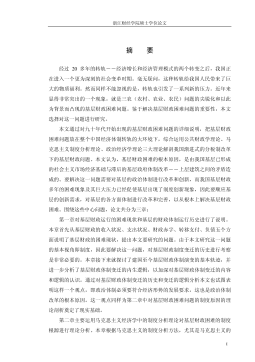
 2024-09-20 25
2024-09-20 25 -
我国煤电产业链纵向交易合约机制研究VIP免费
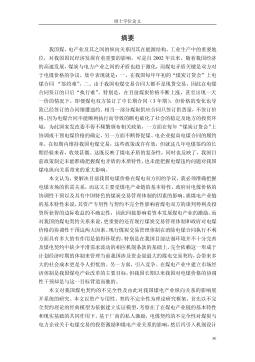
 2024-09-20 23
2024-09-20 23 -
生产要素视角下的上海市产业结构优化研究VIP免费
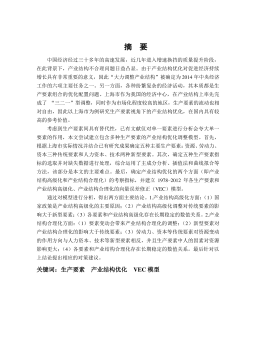
 2025-01-09 6
2025-01-09 6 -
我国银行业结构与经济结构关系研究VIP免费
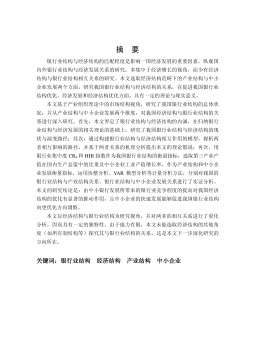
 2025-01-09 7
2025-01-09 7 -
大数据视角下农业供应链金融研究VIP免费
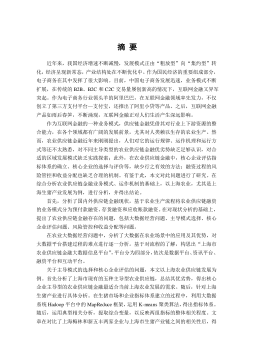
 2025-01-09 6
2025-01-09 6 -
跨国大型综合超市的规划研究VIP免费
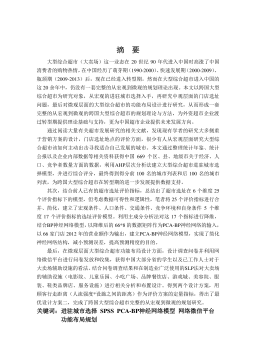
 2025-01-09 6
2025-01-09 6 -
跨境电商农产品质量安全问题研究VIP免费
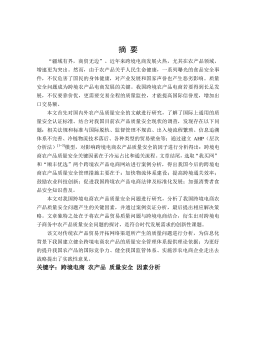
 2025-01-09 6
2025-01-09 6 -
世界市场的虚拟化与我国国际电子商务发展方向研究VIP免费
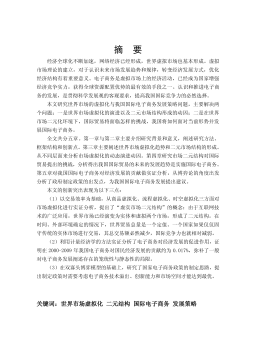
 2025-01-09 6
2025-01-09 6 -
中国政府对电力行业的价格规制问题研究VIP免费
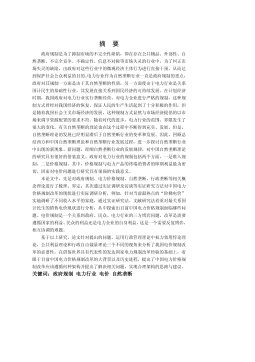
 2025-01-09 6
2025-01-09 6 -
中小企业信息化系统集成技术研究VIP免费

 2025-01-09 11
2025-01-09 11
相关内容
-

跨国大型综合超市的规划研究
分类:高等教育资料
时间:2025-01-09
标签:无
格式:PDF
价格:15 积分
-

跨境电商农产品质量安全问题研究
分类:高等教育资料
时间:2025-01-09
标签:无
格式:PDF
价格:15 积分
-

世界市场的虚拟化与我国国际电子商务发展方向研究
分类:高等教育资料
时间:2025-01-09
标签:无
格式:PDF
价格:15 积分
-

中国政府对电力行业的价格规制问题研究
分类:高等教育资料
时间:2025-01-09
标签:无
格式:PDF
价格:15 积分
-

中小企业信息化系统集成技术研究
分类:高等教育资料
时间:2025-01-09
标签:无
格式:PDF
价格:15 积分






